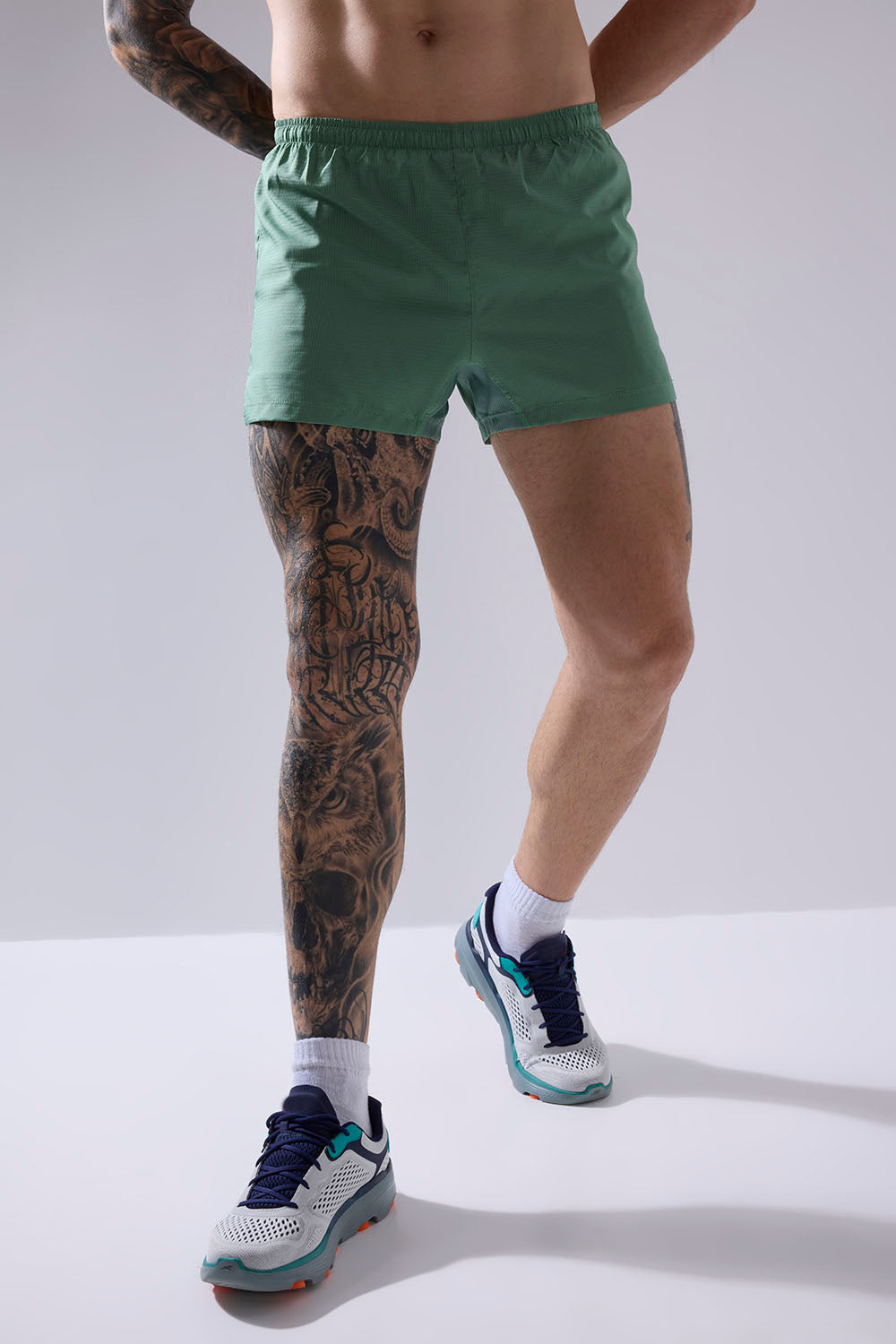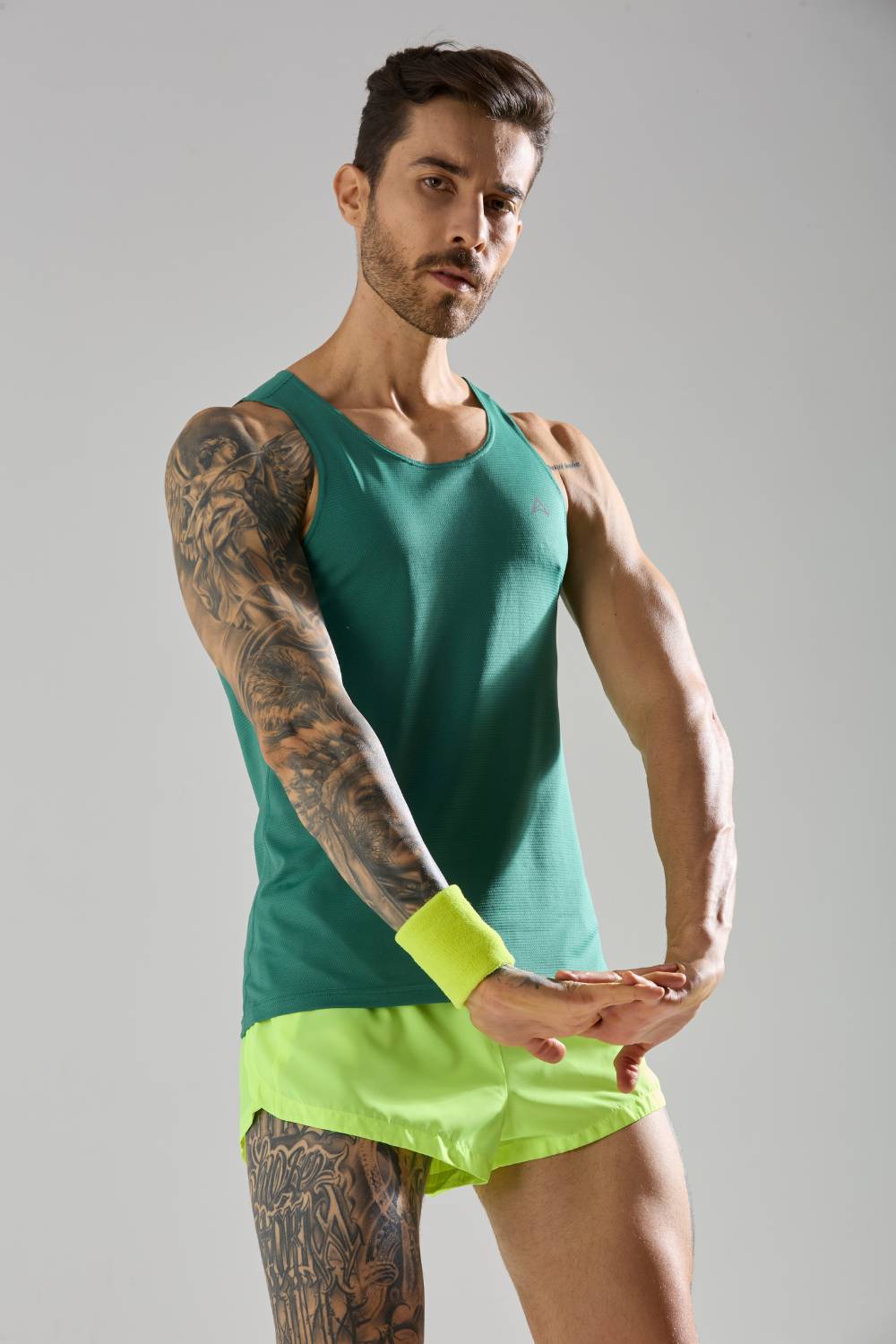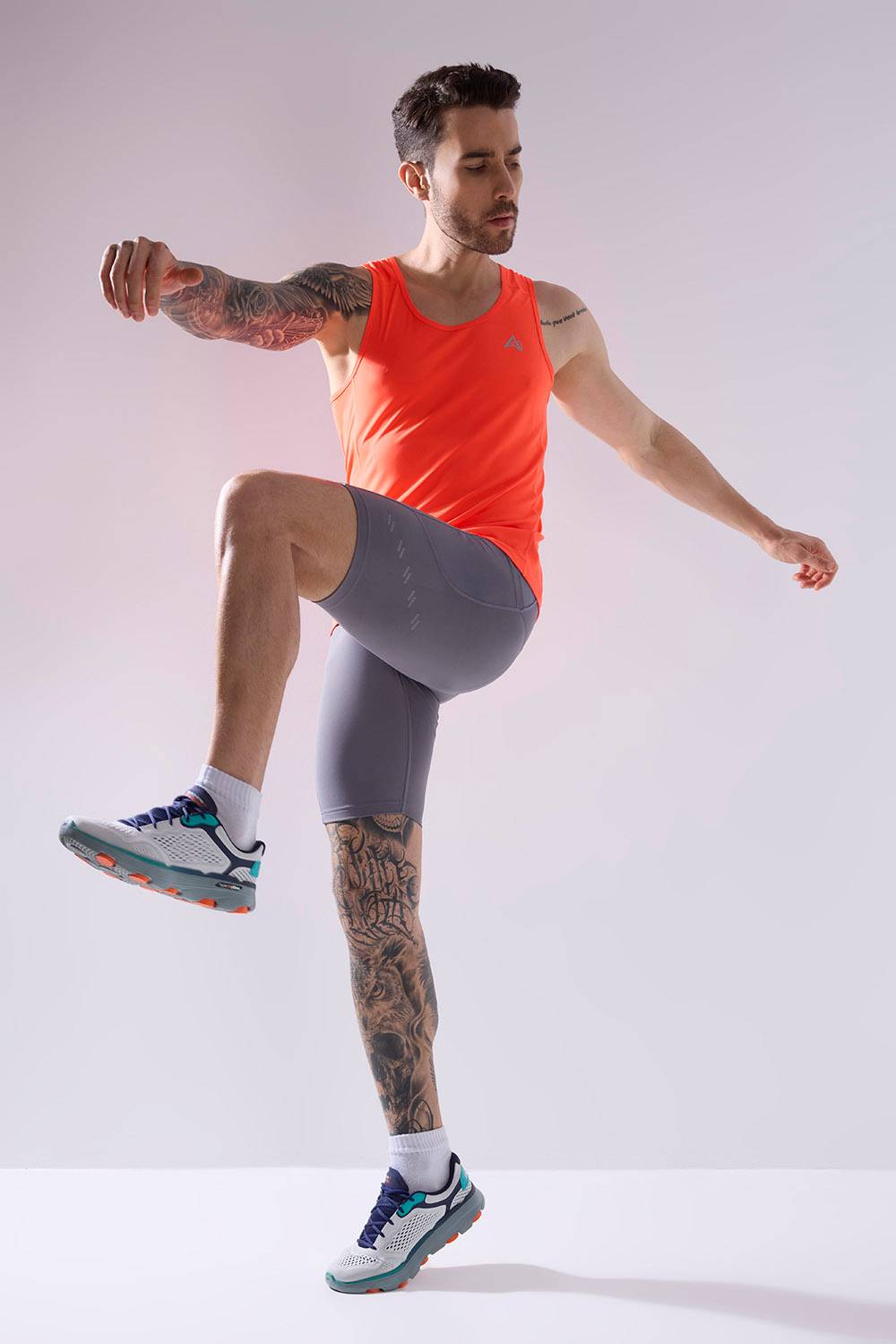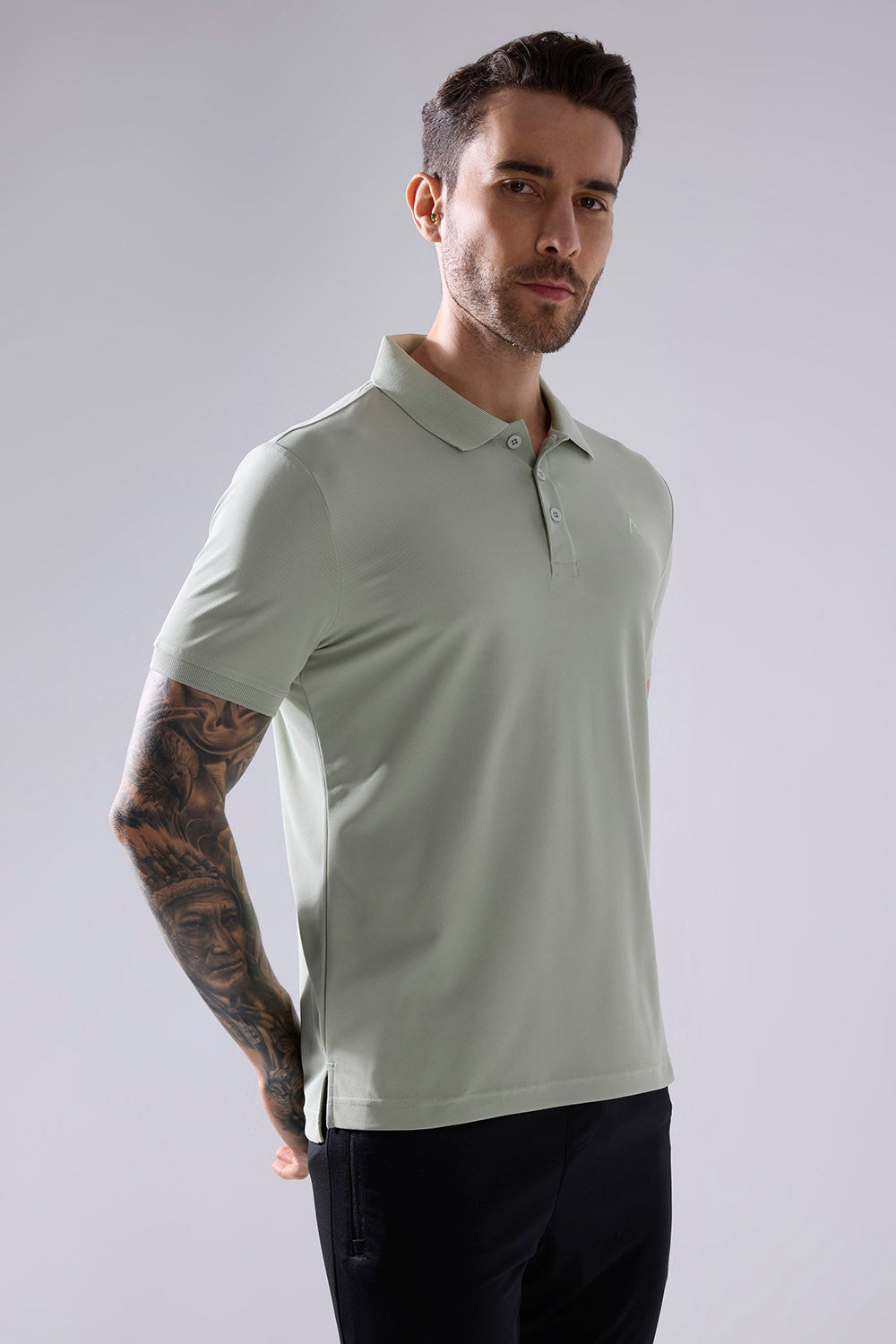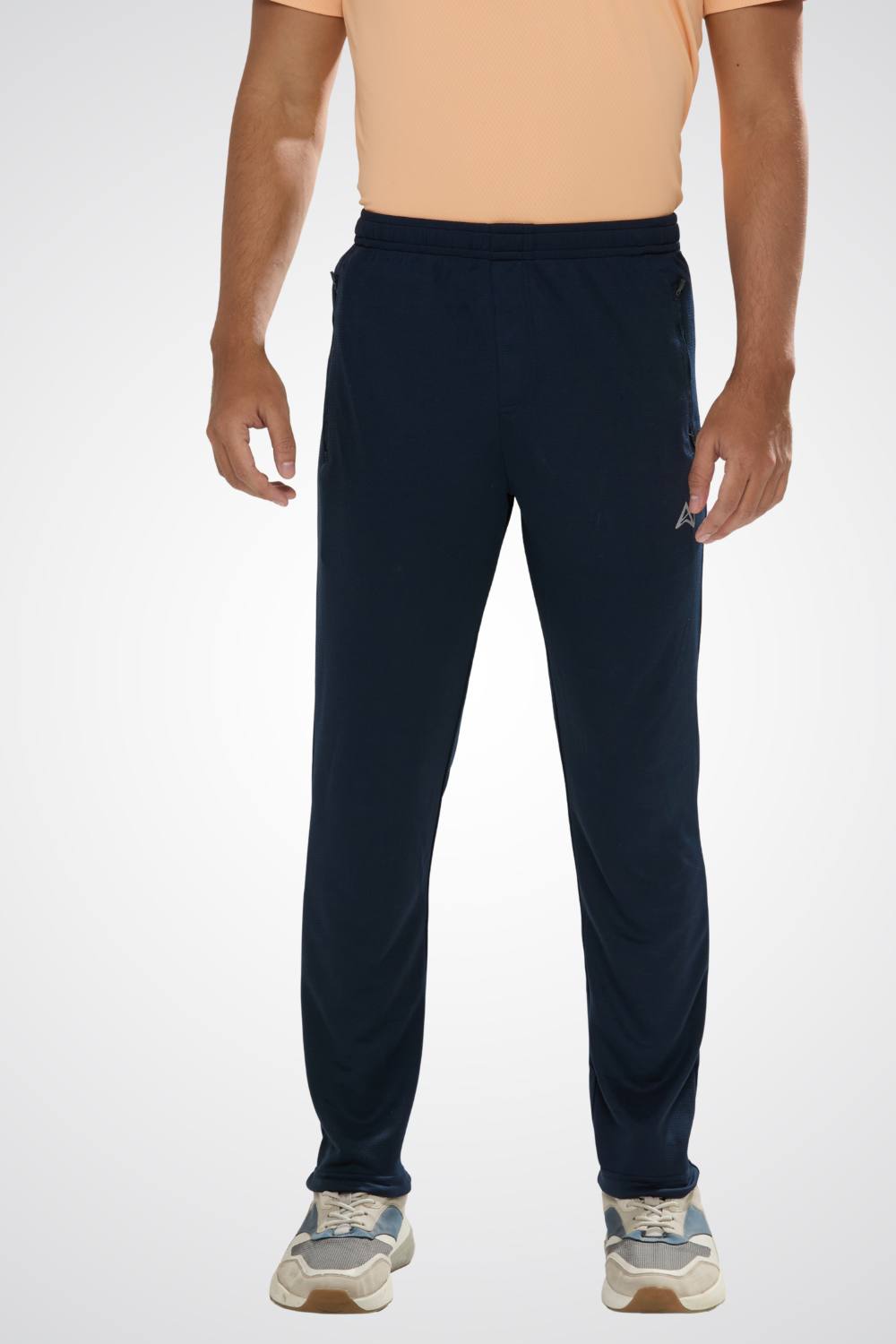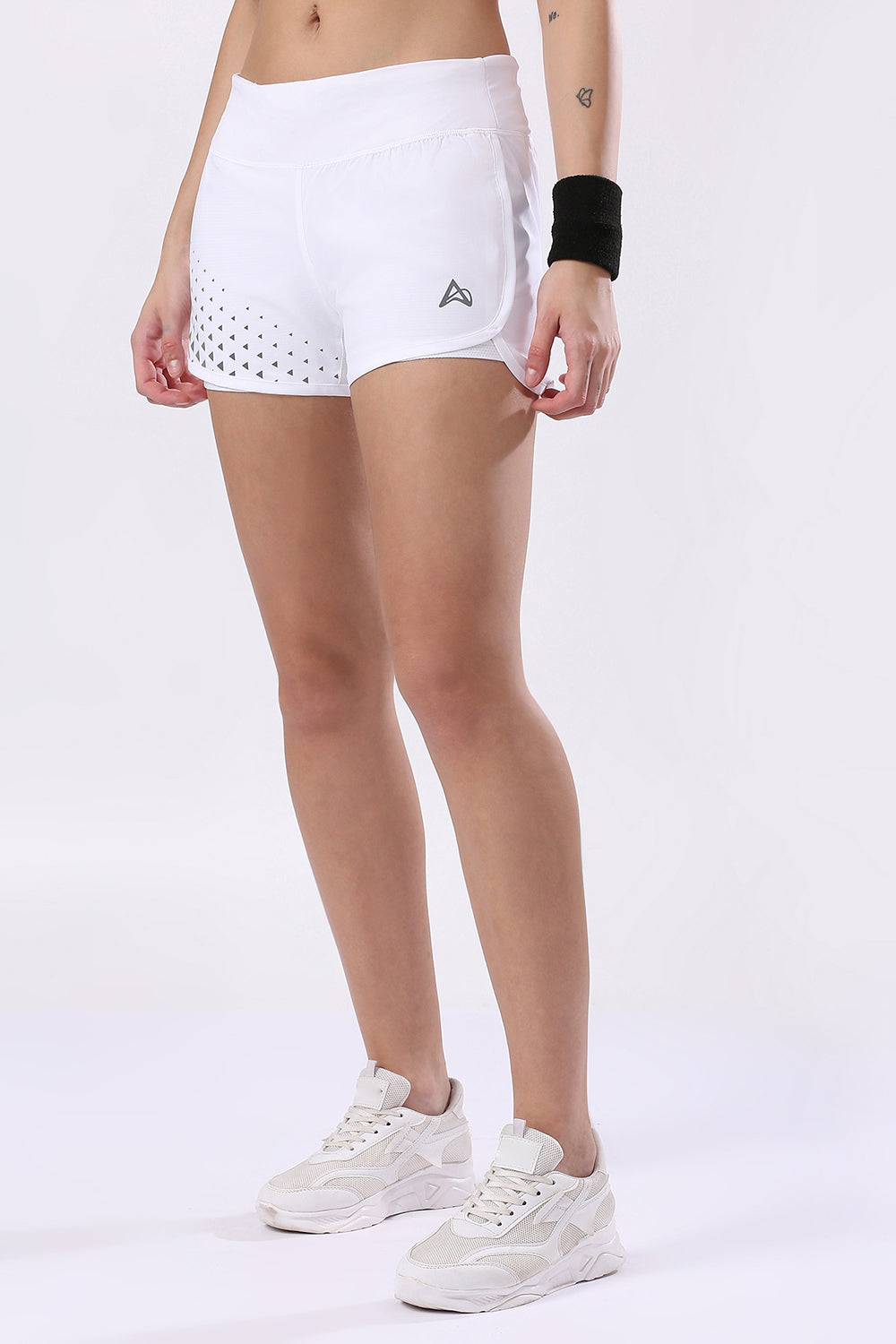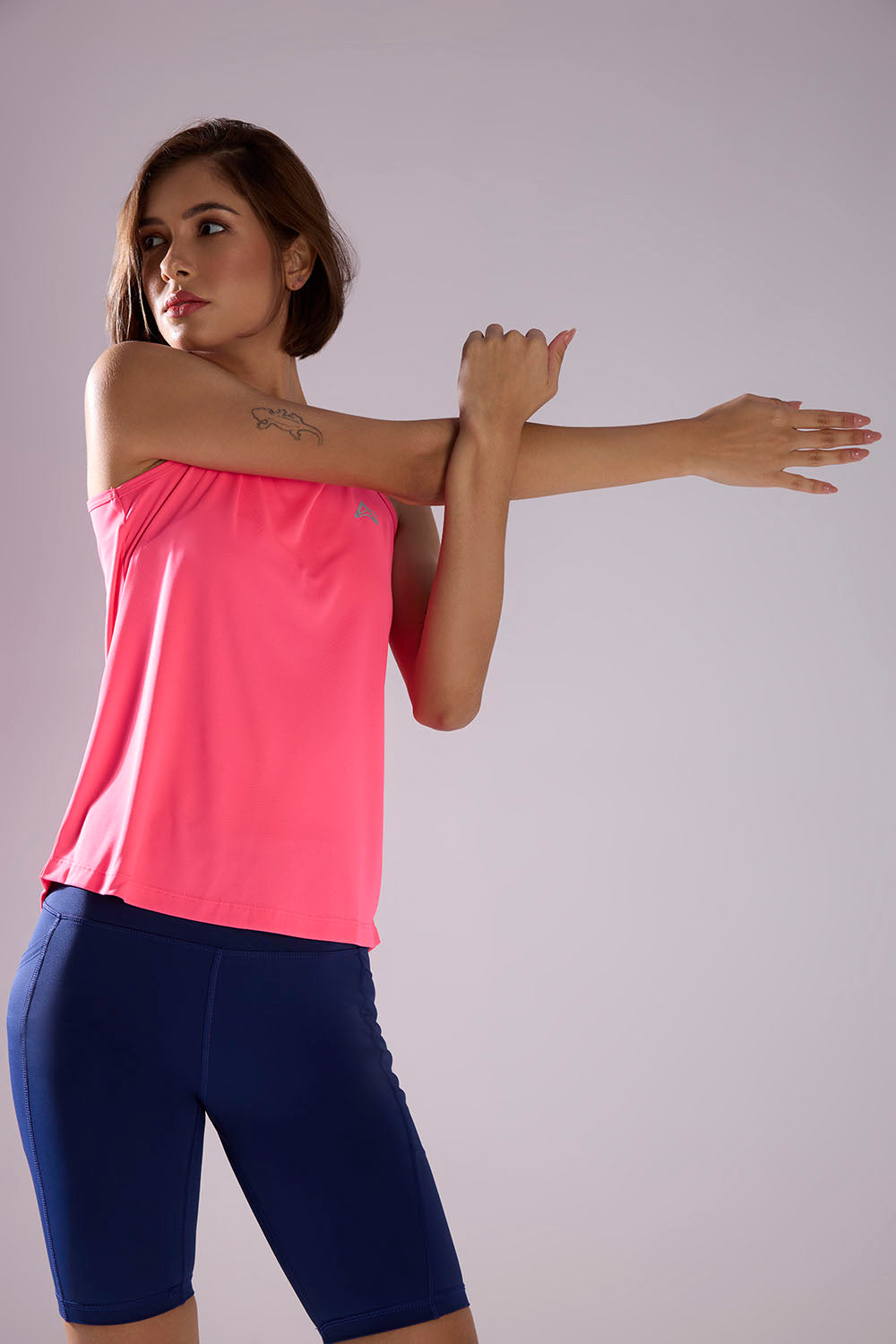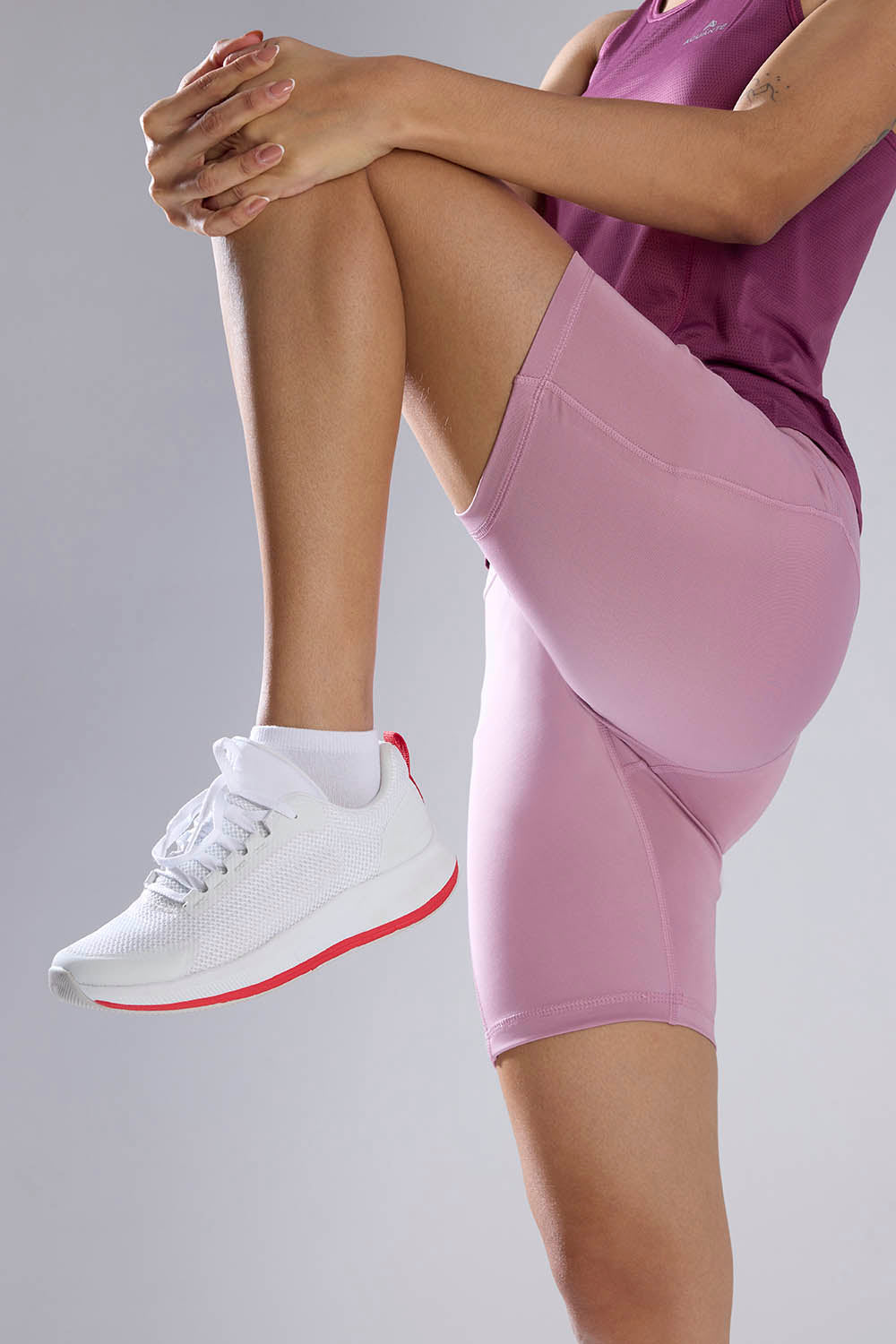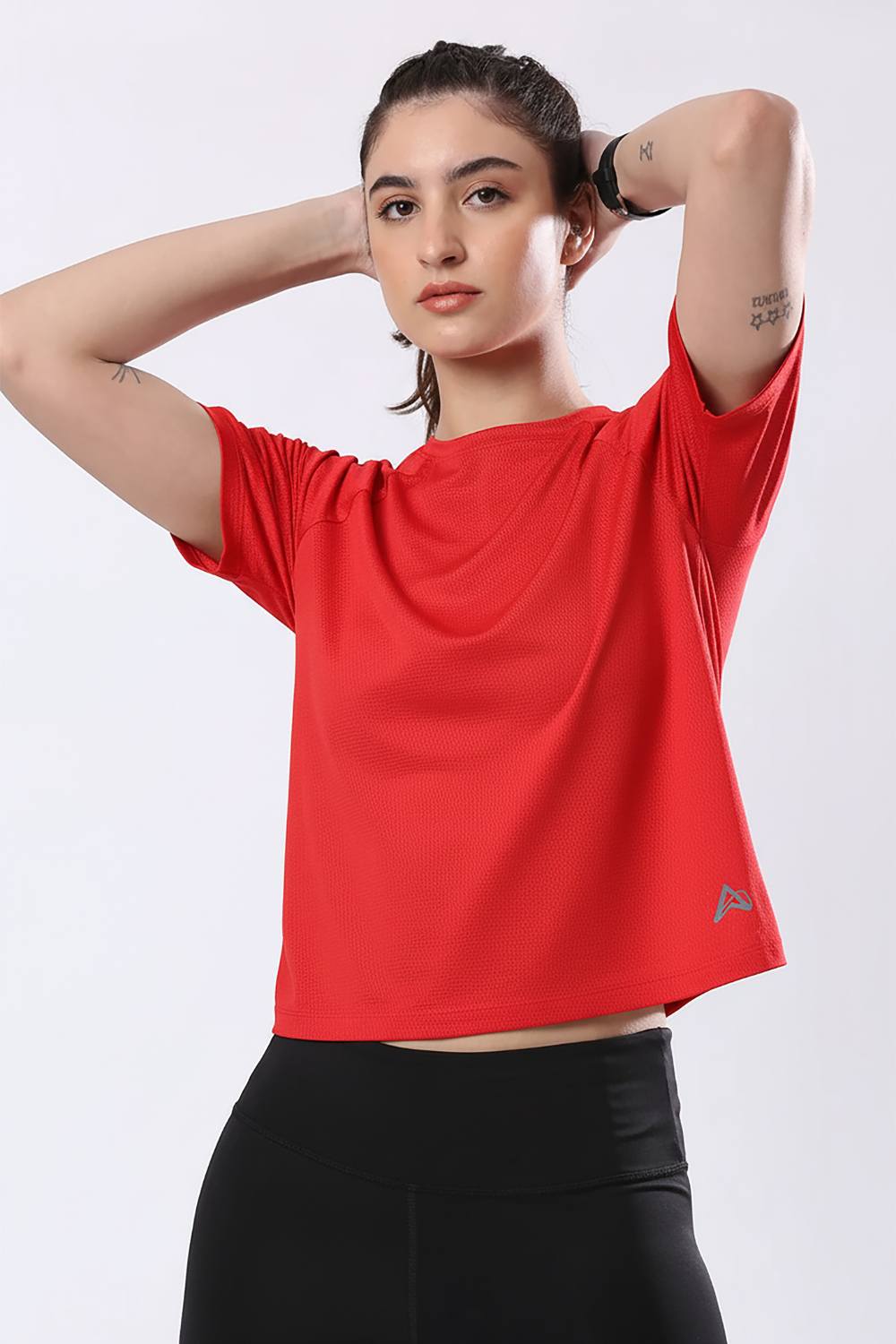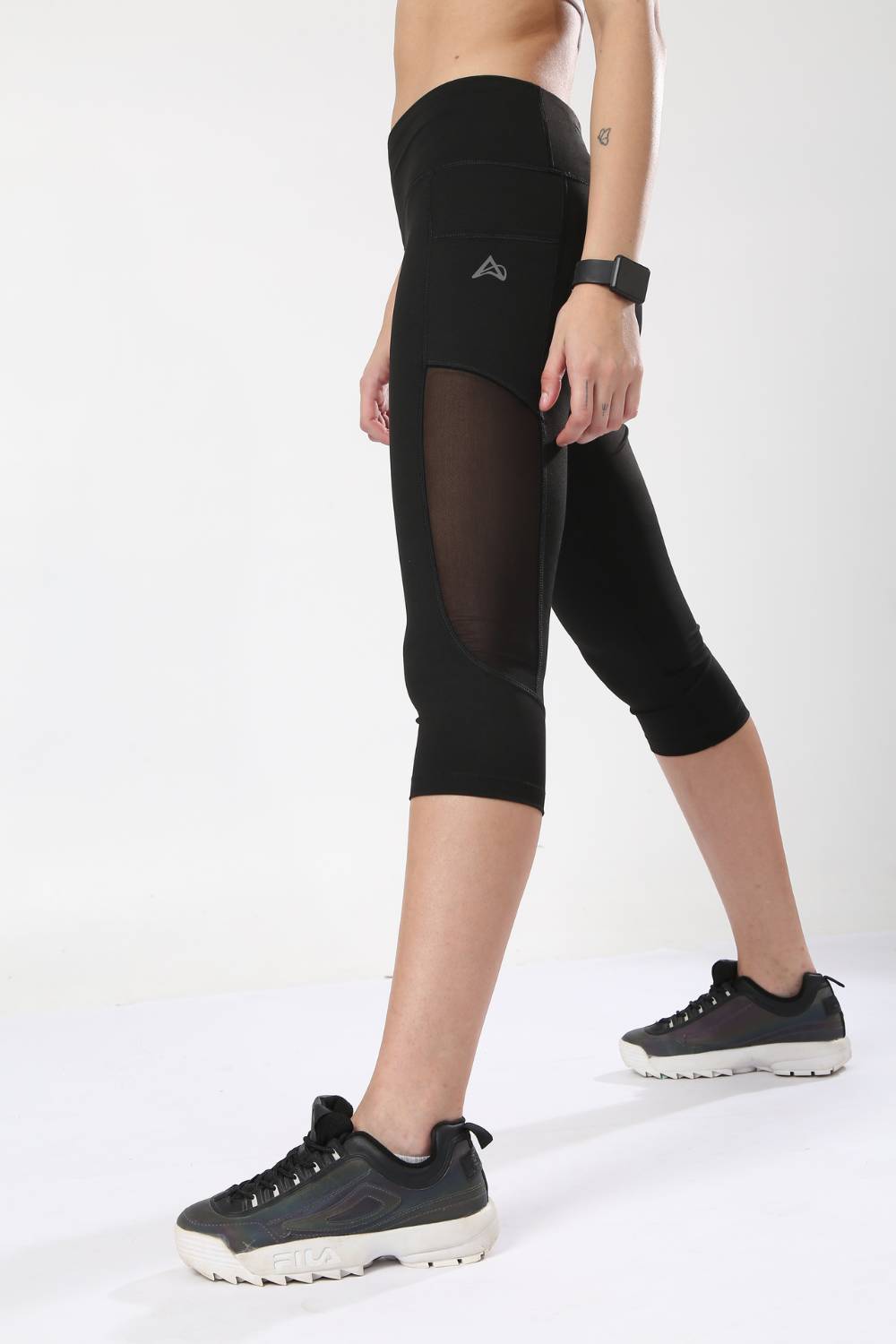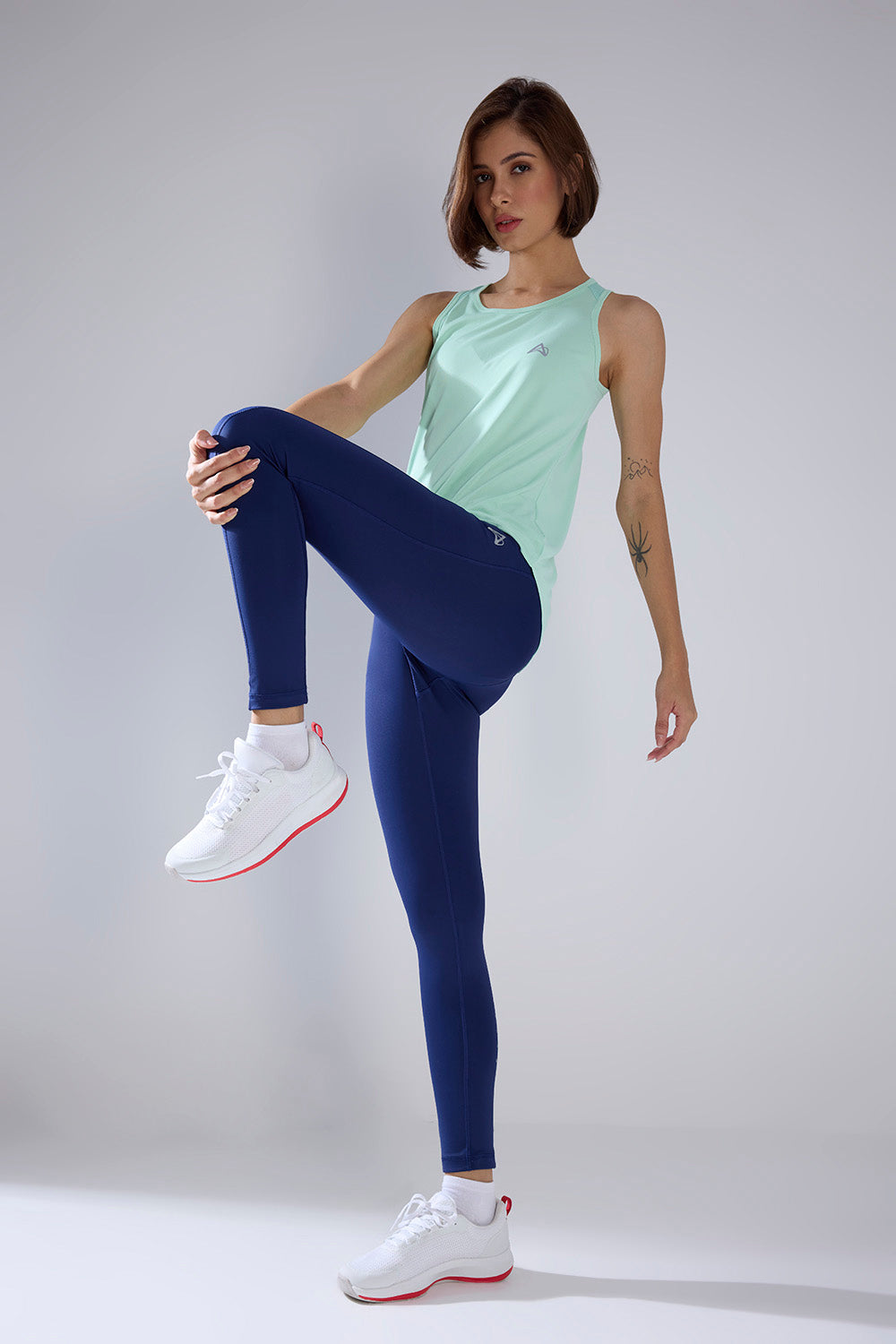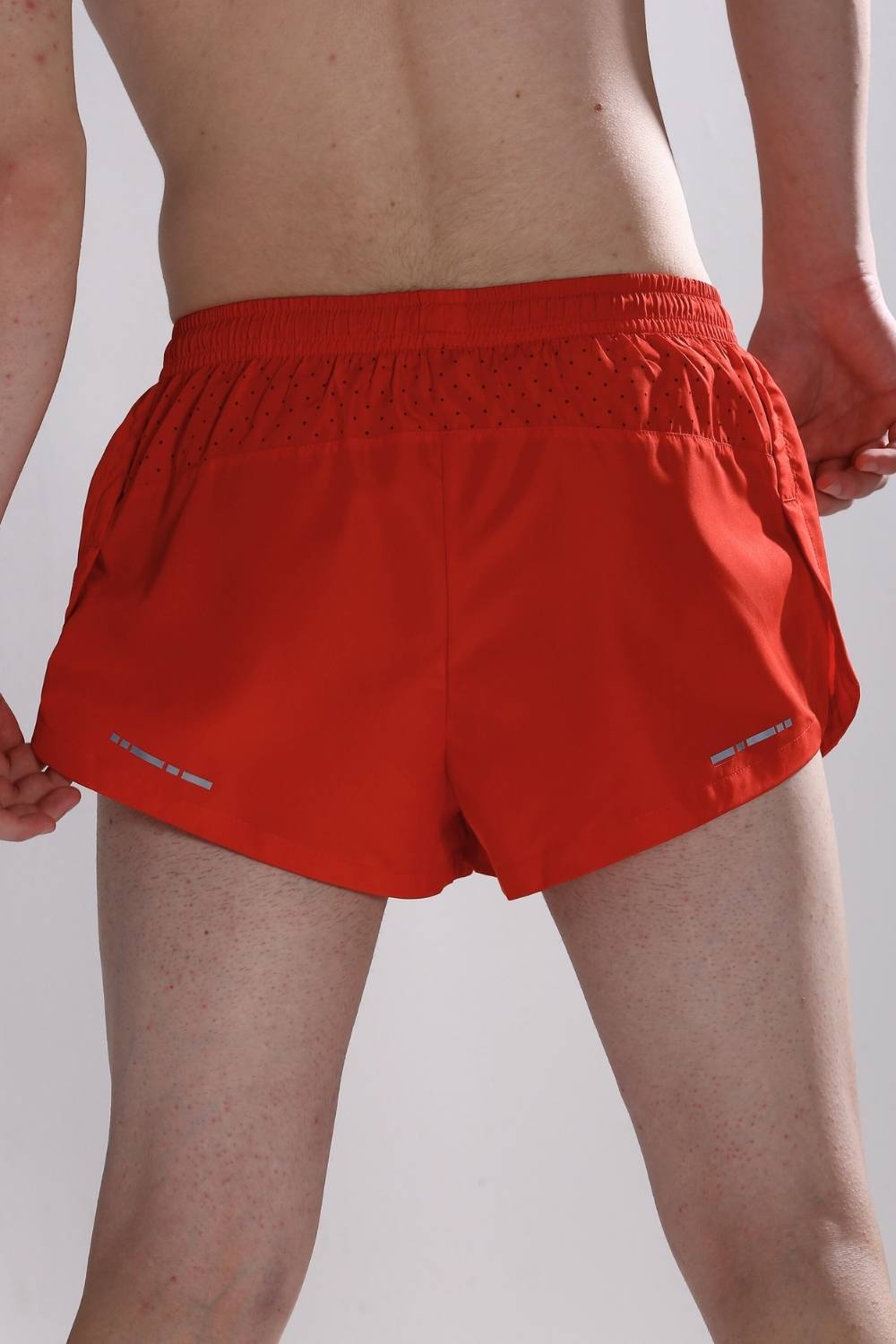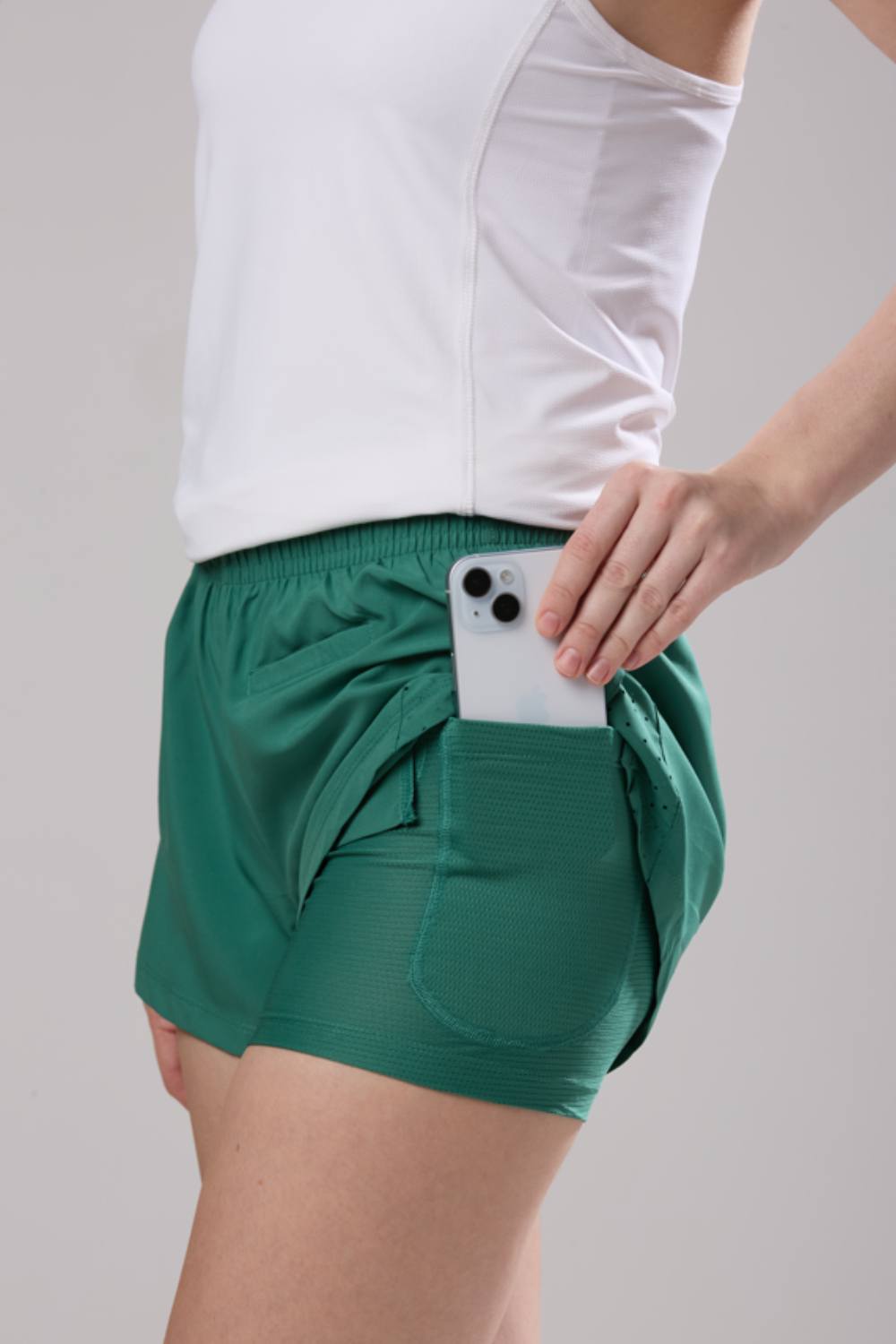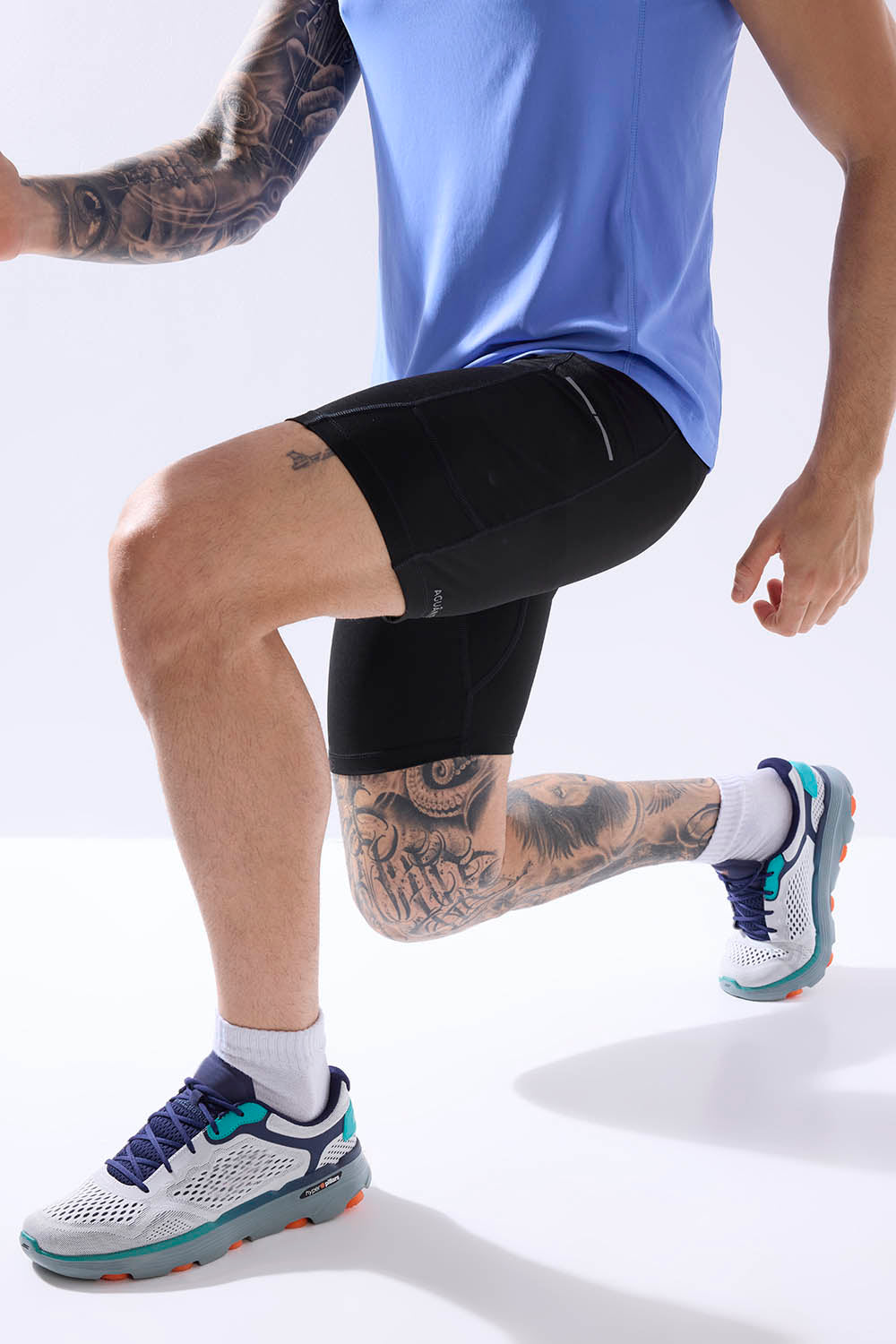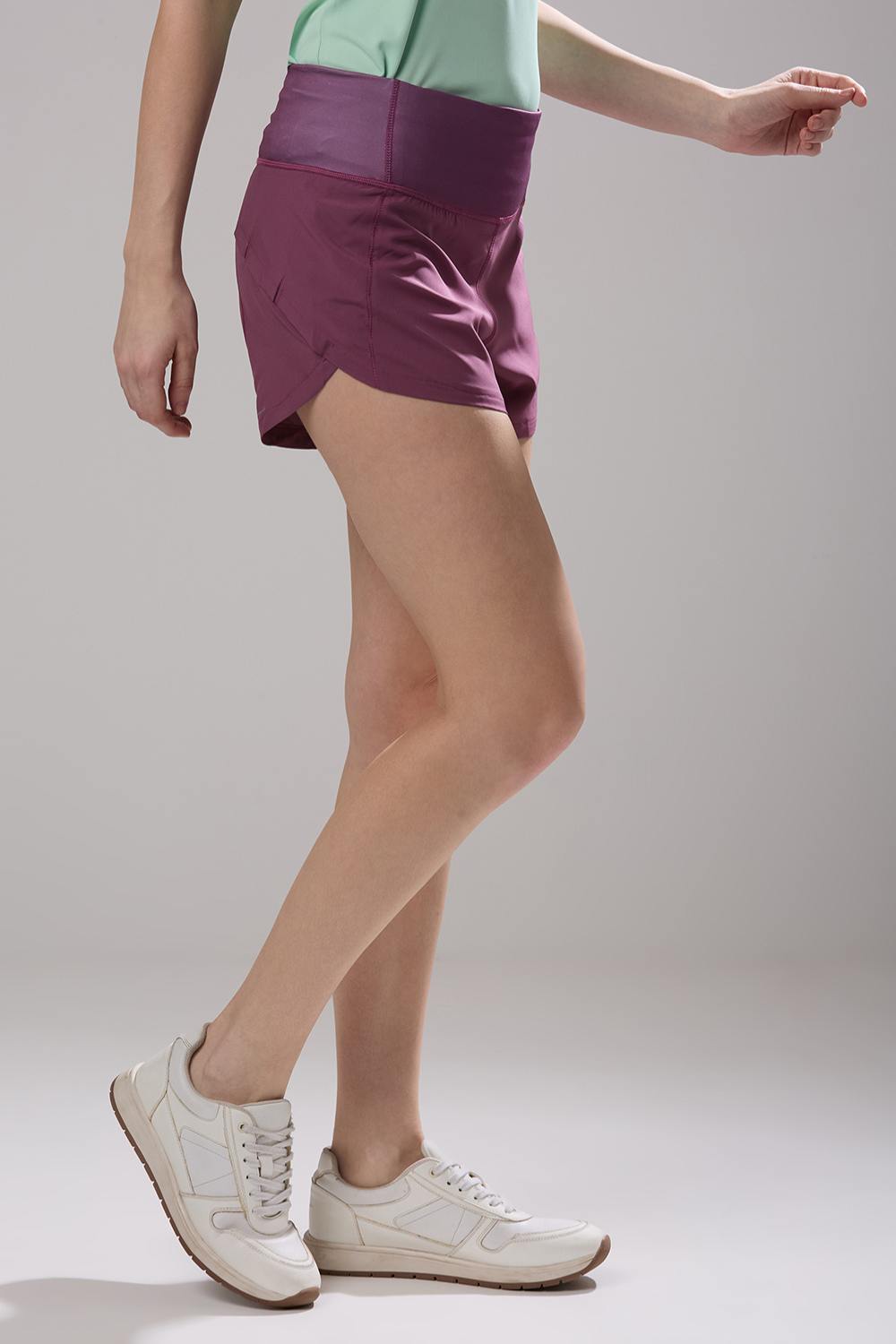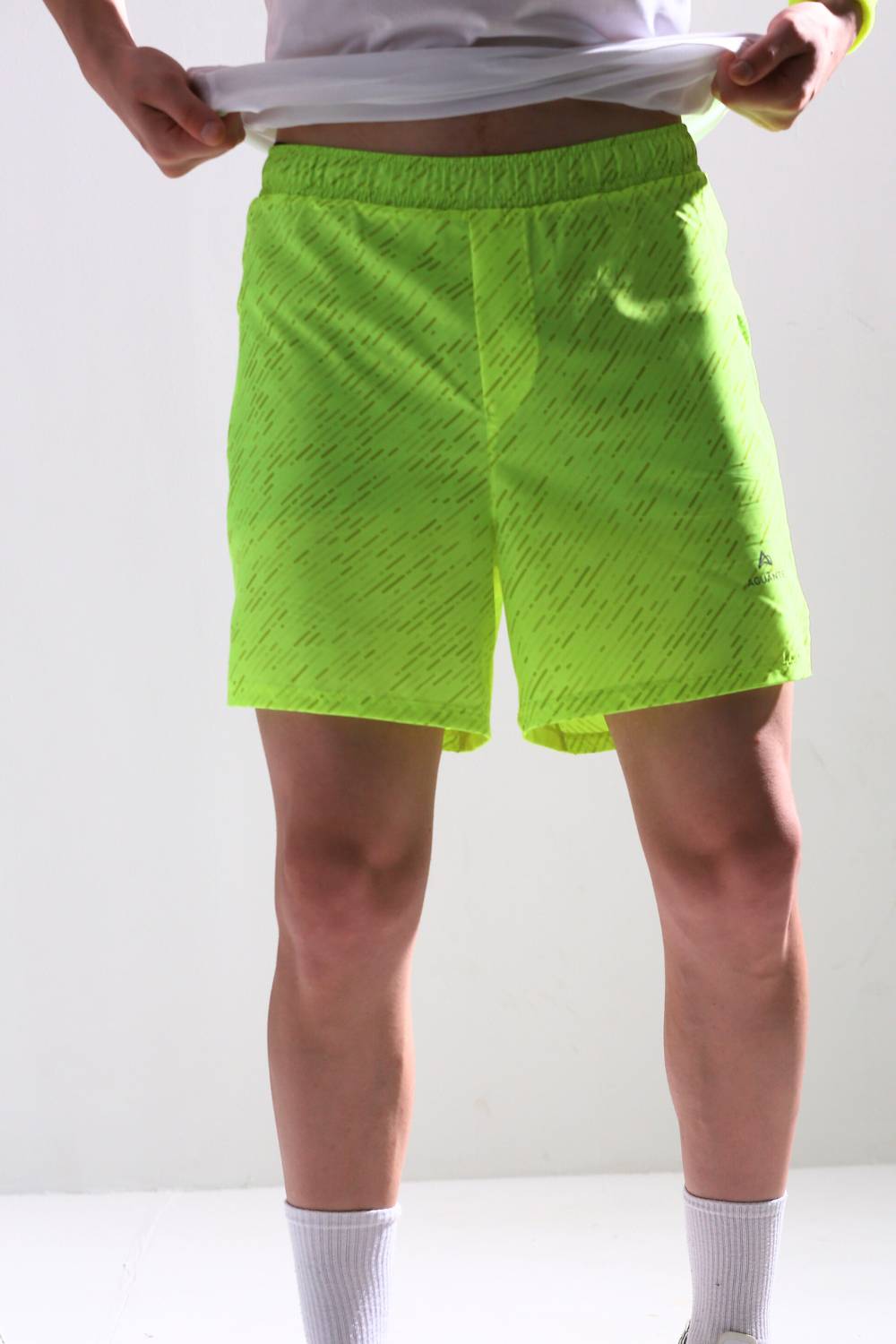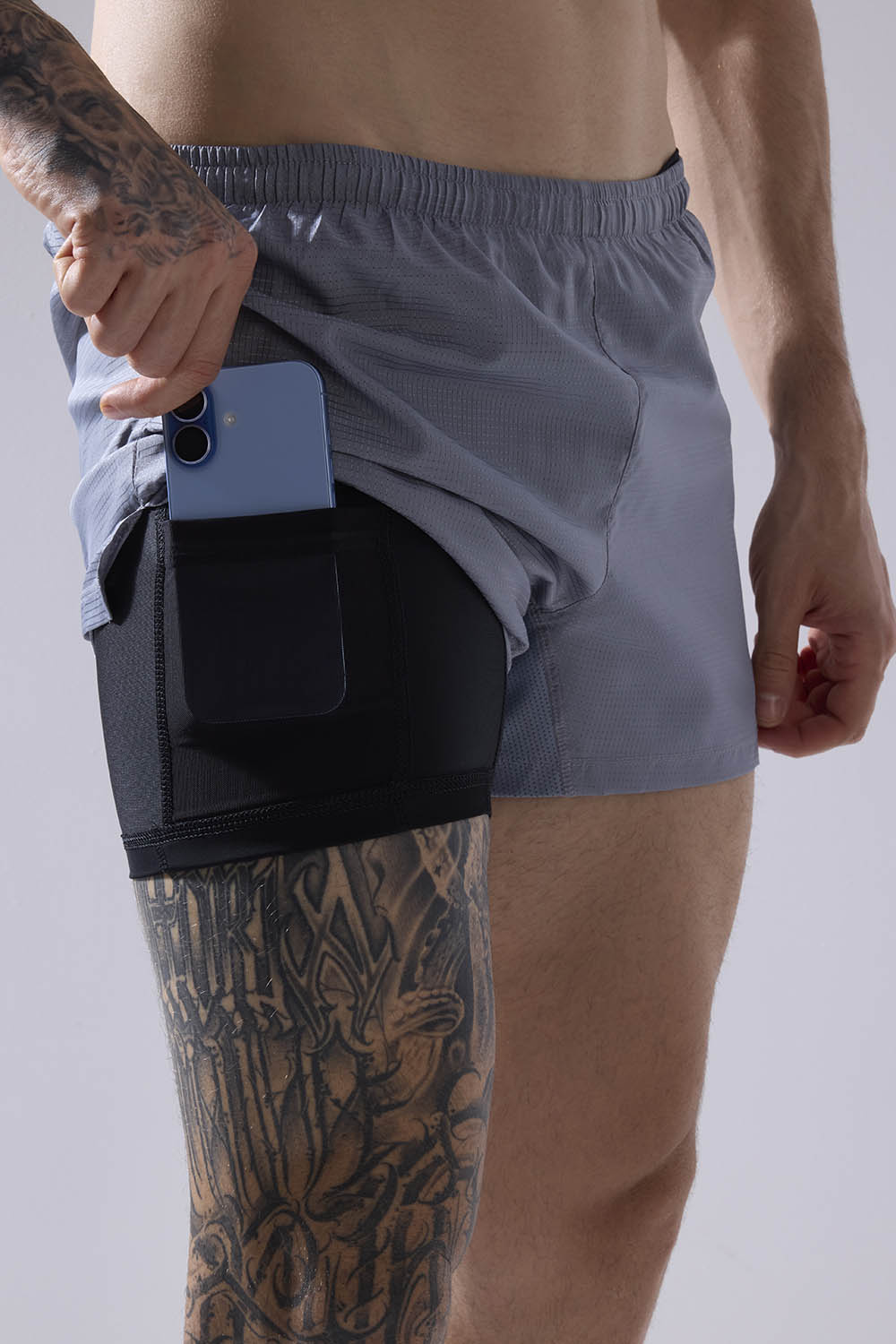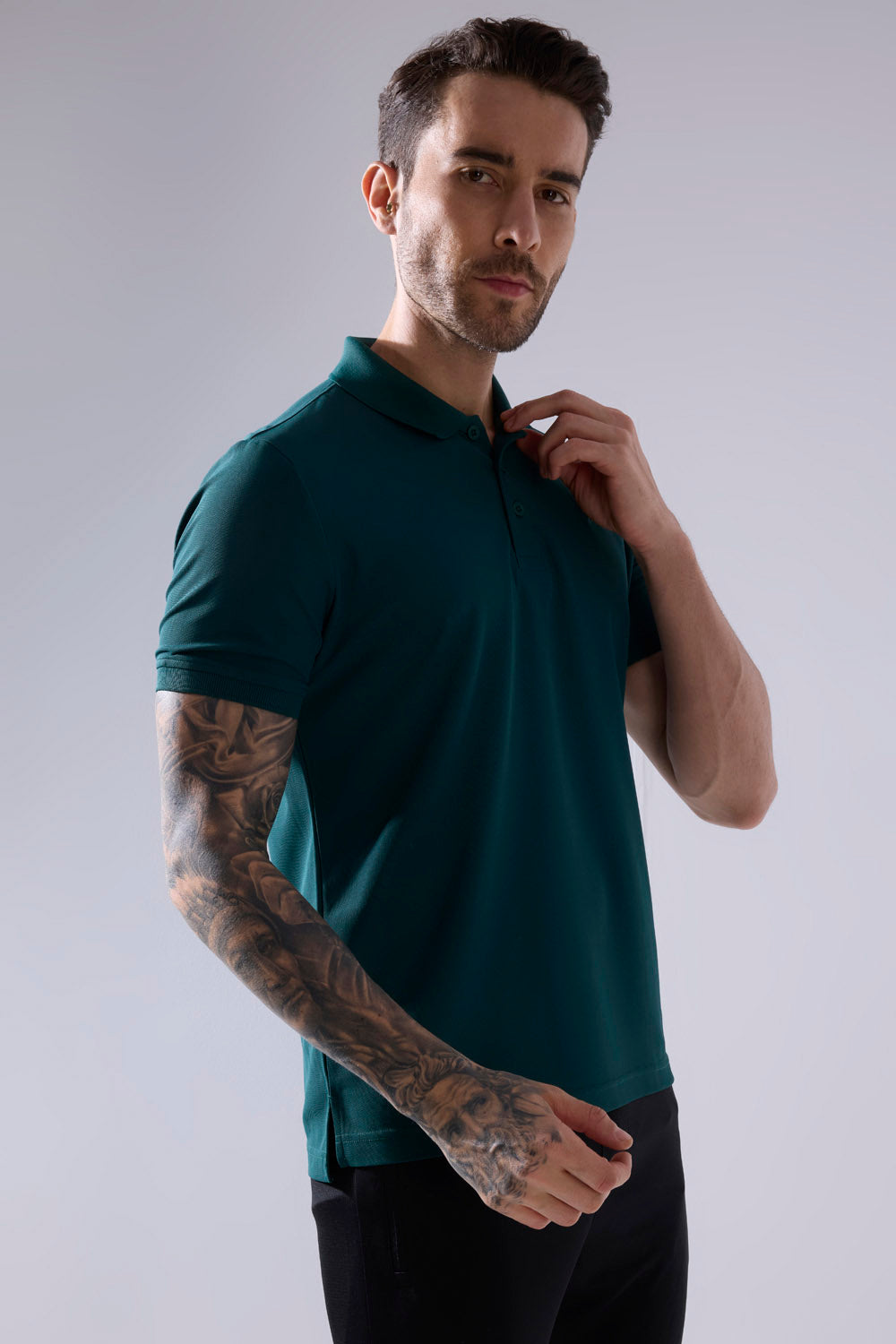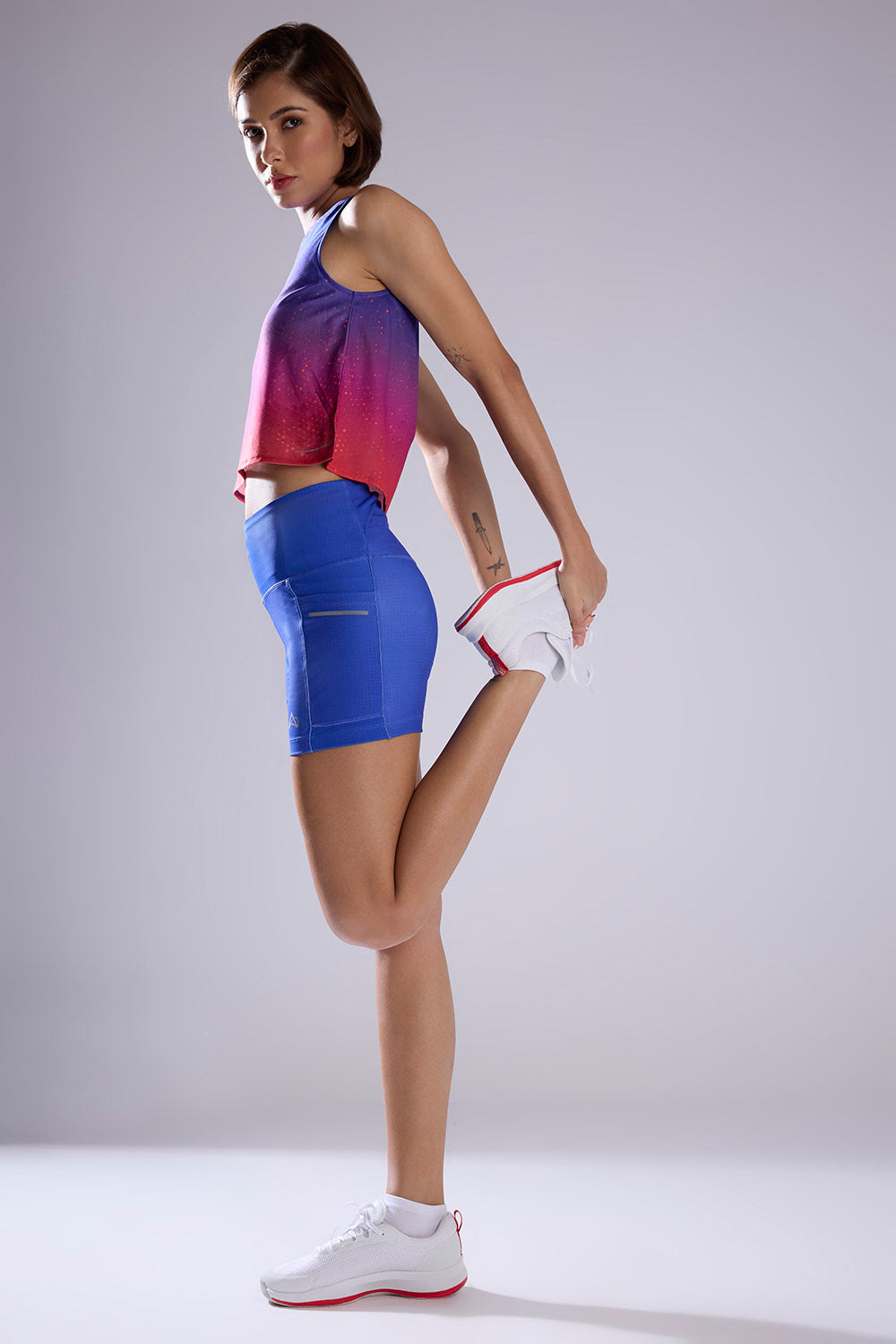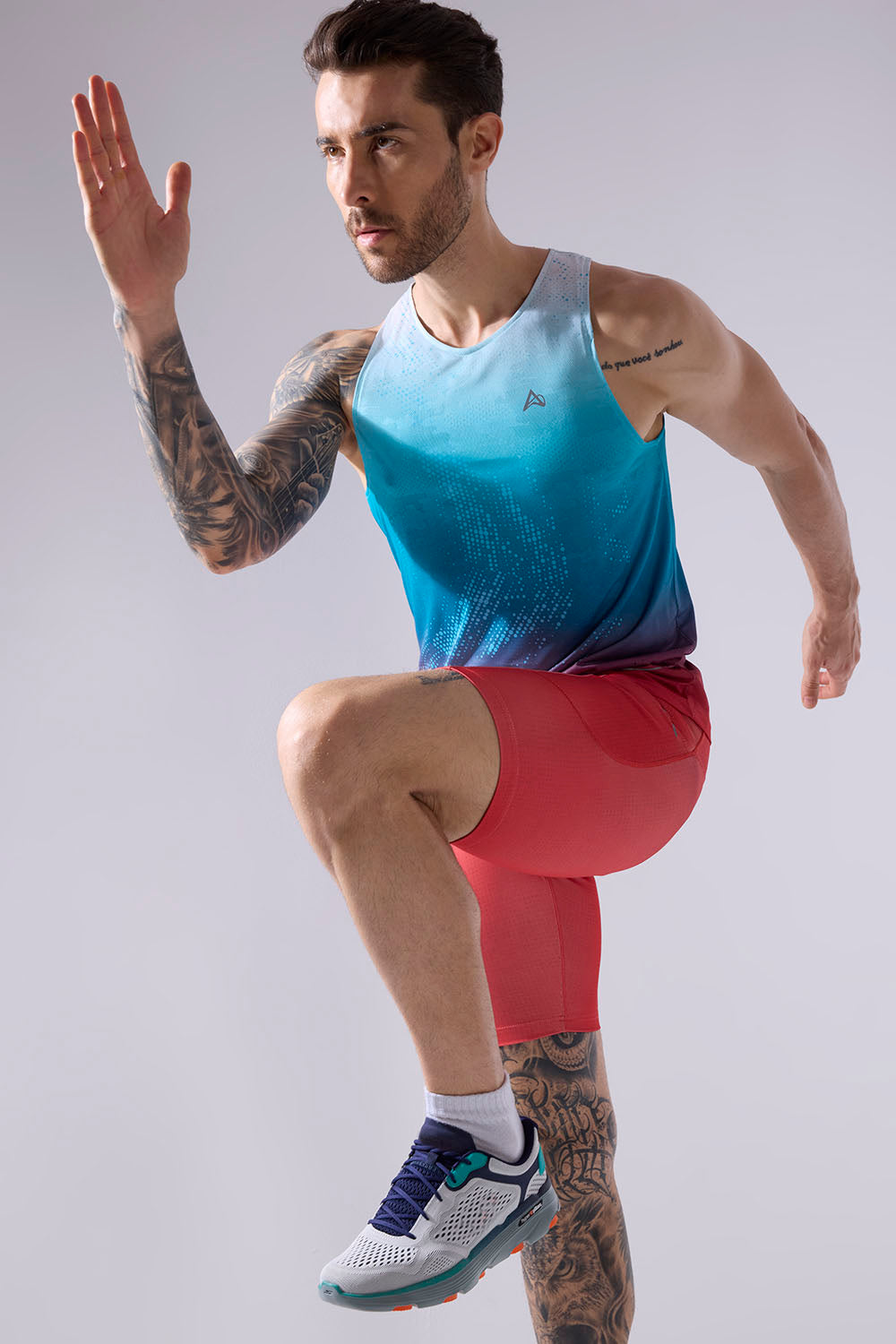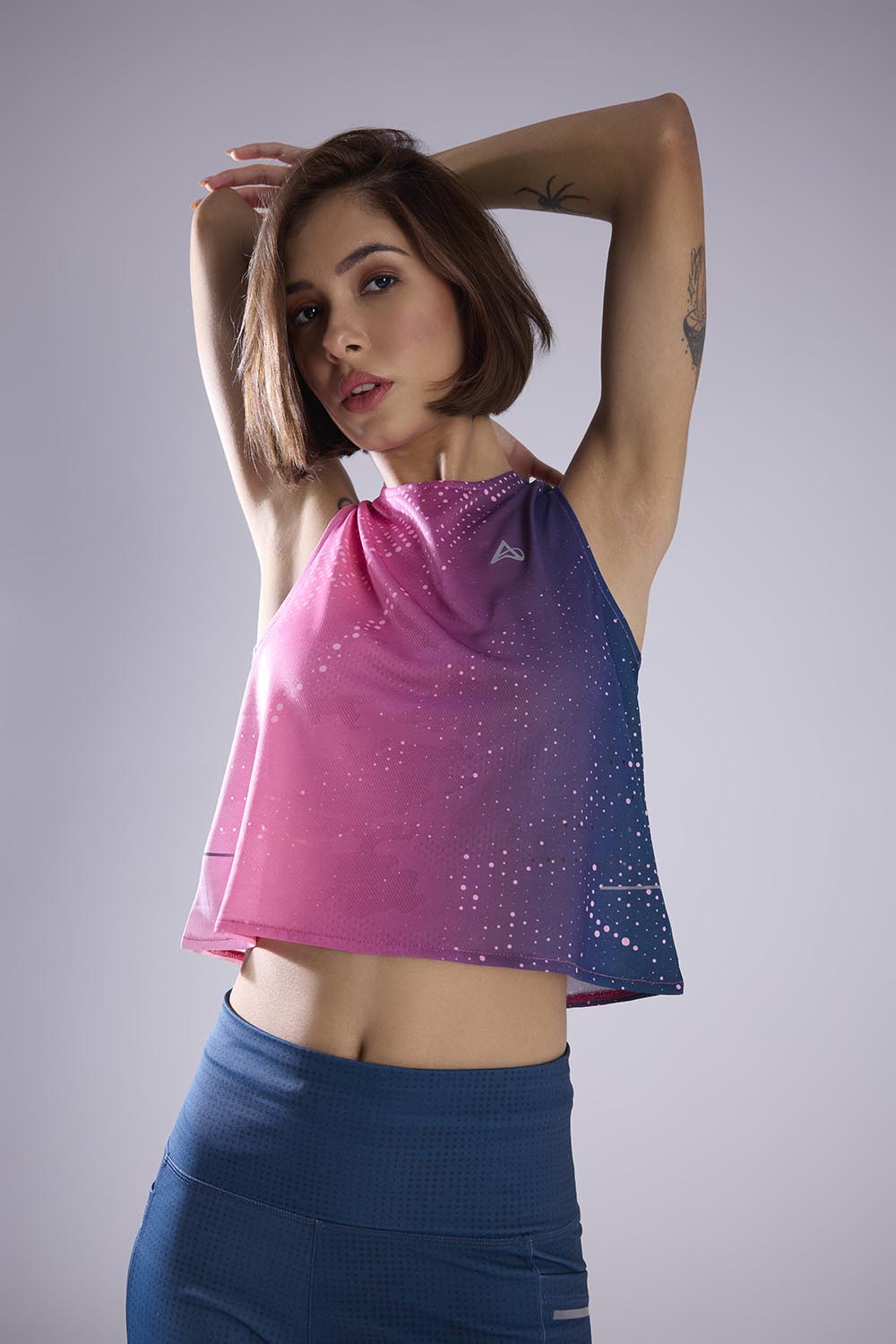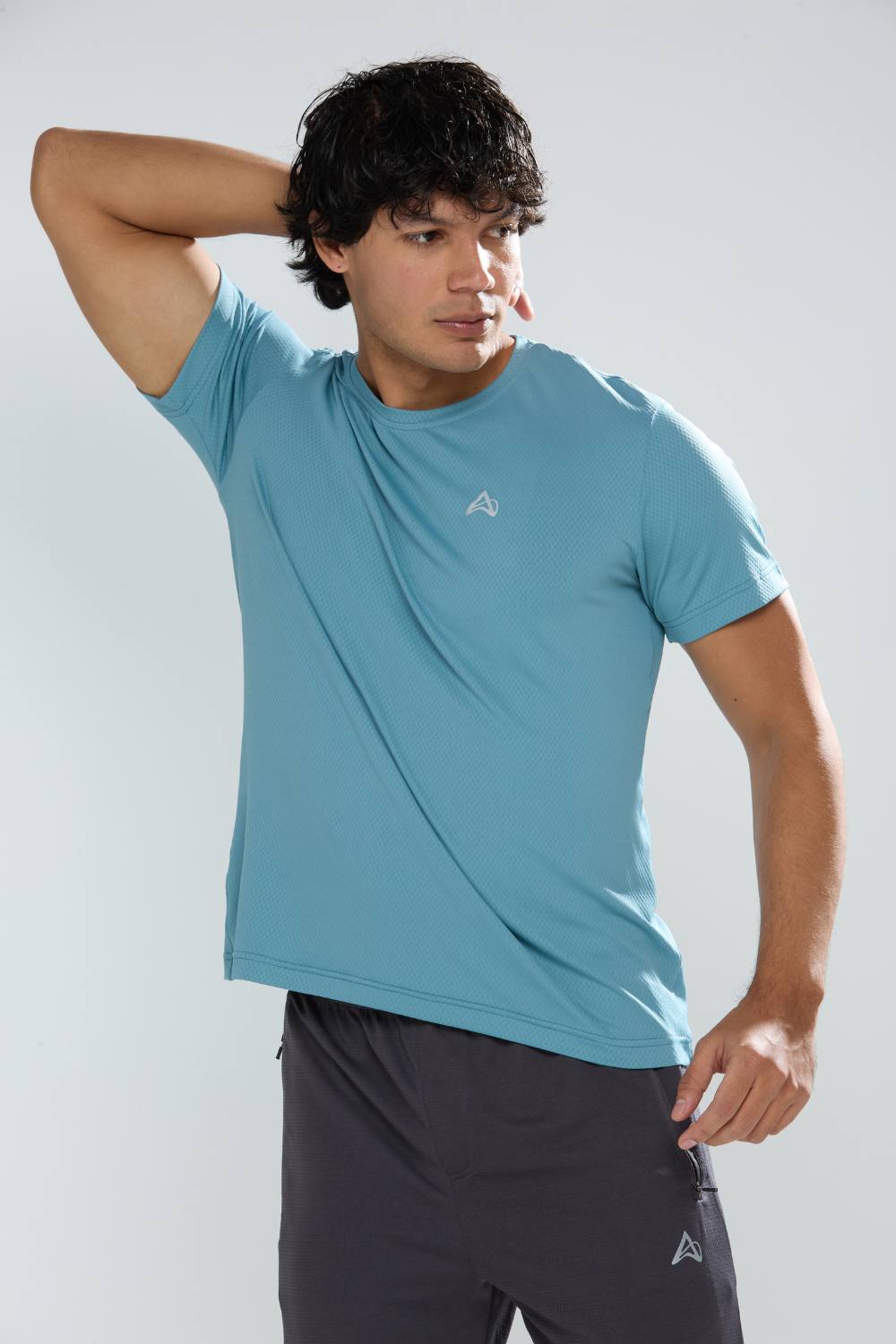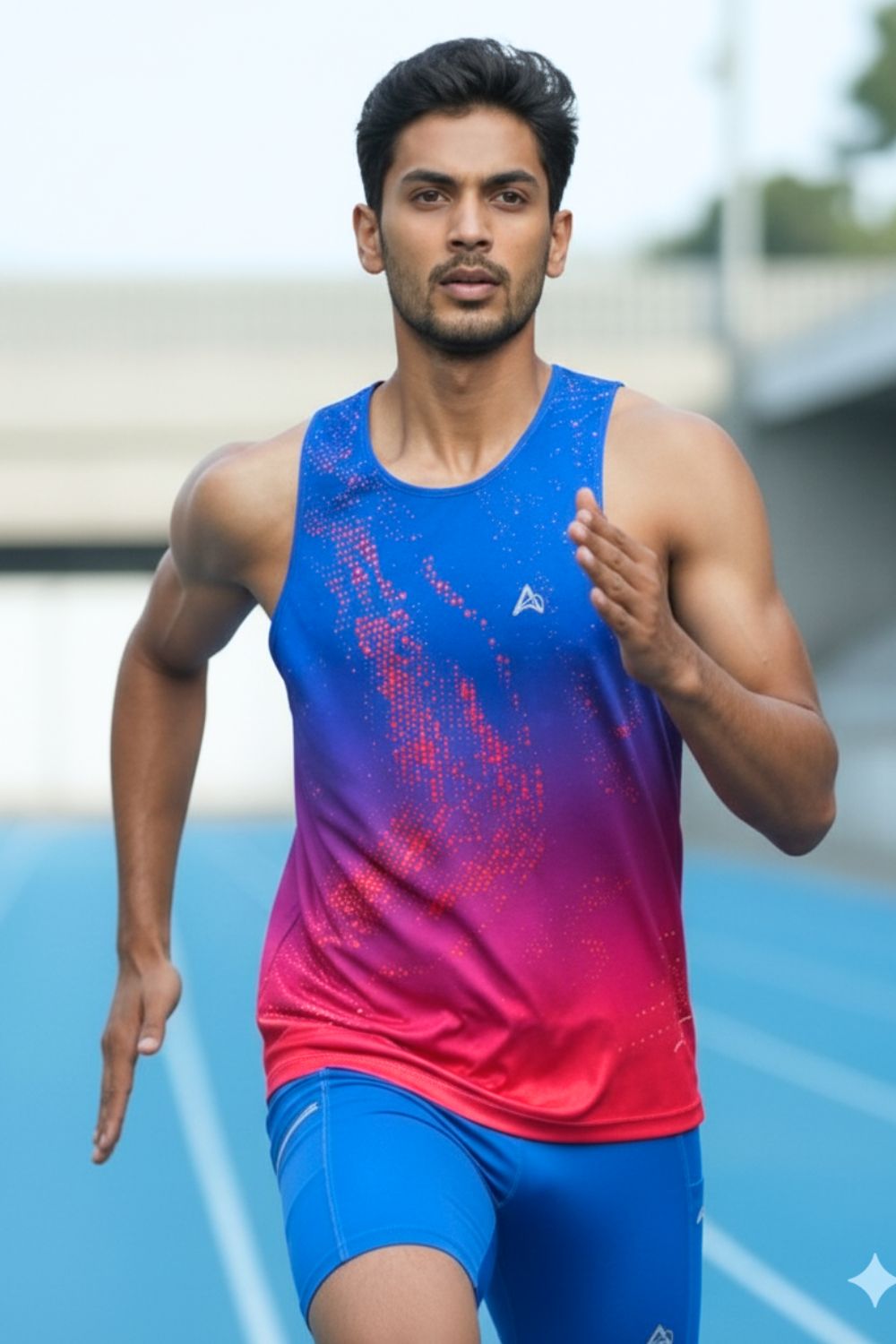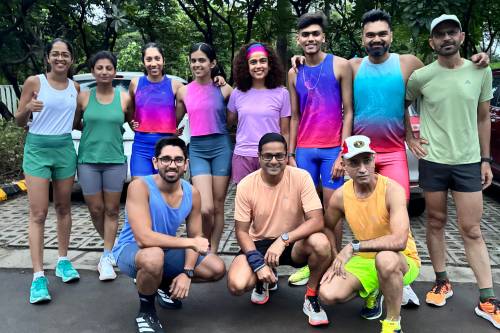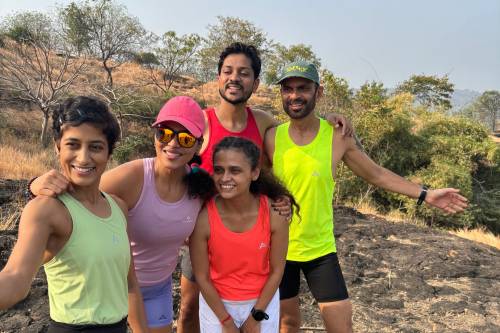Quick Listen:
Imagine slipping into a pair of running shorts that not only wick away sweat during a humid Mumbai marathon but also carry the weight of a greener planet. That's the promise of sustainable fabrics, quietly reshaping how Indians move, sweat, and shop. As fitness booms across the country, from bustling urban gyms to rural yoga sessions, the demand for activewear that's kind to the earth is surging. It's a shift that's not just about style it's about survival in an industry notorious for its environmental toll.
Tired of gear that slows you down? Chafing, soggy fabrics, and missing pockets kill your run's momentum. At Aguante, we're runners who get it. Our high-performance activewear features moisture-wicking fabrics, ergonomic designs, and smart storage to keep you focused. Shop Now!
The Growing Demand for Sustainability in Activewear
The Indian activewear scene is exploding. Just look at the numbers: the India sports apparel market, valued at USD 705.85 million in 2024, is set to hit USD 1,592.58 million by 2030, growing at a blistering CAGR of 14.52%.
But here's where it gets interesting: sustainability is no longer a niche buzzword. Brands like Aguante are at the forefront, committing to eco-friendly practices that align with this boom. Founded by a passionate runner frustrated with subpar gear, Aguante focuses on high-performance activewear for India's running community, using innovative, moisture-wicking fabrics that prioritize both comfort and the environment.
Globally, the shift toward sustainable athleisure reflects a growing urgency for eco-conscious living. In India, rising urbanization and the influence of social media are fueling fitness trends, while also driving demand for environmentally friendly materials. Activewear is evolving beyond functionality to become a symbol of mindful and ethical choices. Aguante's journey is a powerful example transforming a personal challenge into a brand that's redefining the running experience for athletes across the country.
Emerging Trends in Sustainable Fabrics for Activewear
Step into any gym in Delhi or Bangalore, and you'll see it: activewear that's as much about planet-saving as performance-boosting. Eco-friendly materials like organic cotton, recycled polyester, bamboo, and hemp are gaining ground fast. These aren't gimmicks; they're necessities in a world where textile production is projected to jump from 15.5 kilograms per person in 2023 to 18.8 kilograms by 2030, per UNEP initiatives.
Technological leaps are accelerating this. Waterless dyeing cuts down on pollution, while bio-fabrics grown from natural sources slash dependency on synthetic horrors. Take recycled polyester from ocean waste brands are turning plastic bottles into breathable leggings that feel like a second skin. In India, where humid climates demand sweat-managing gear, innovations like ergonomic, anti-chafing designs are a godsend.
Consumer awareness is the real driver here. Millennials and Gen Z, scrolling through Instagram feeds of fitness influencers, are ditching fast fashion for brands that tout certifications like Global Recycled Standard or OEKO-TEX. In Asia Pacific, this eco-shift is explosive; the region is set to rake in USD 59.64 billion in sustainable fabrics by 2037, part of a global market ballooning from USD 36.43 billion in 2025 to over USD 161.63 billion by 2037 at a CAGR exceeding 13%.
The global sustainable fabrics market, valued at USD 17.6 billion in 2023, is forecasted to reach USD 27.8 billion by 2029 with an 8.1% CAGR, driven by health risks from chemical-laden textiles and a preference for non-toxic alternatives.
Real-World Examples and Case Studies
Patagonia and Adidas have long set the bar globally, weaving recycled materials into their lines and partnering with initiatives like the Better Cotton Initiative. But in India, homegrown heroes are stealing the spotlight. Aguante stands out, crafting endurance-focused gear for runners with fabrics from recycled ocean waste, fully recyclable and form-fitting.
Aguante's in-house production ensures ethical standards, from moisture-wicking designs to tech-enabled features like biometric tracking. This resonates deeply in a market where women's participation in sports is surging the segment held 47.62% of global activewear revenue in 2024.
Other Indian players, like those using biocomposite natural fibers, echo this. Globally, the activewear market hit USD 406.83 billion in 2024, projected to USD 677.26 billion by 2030 at 9% CAGR, with North America at 38.46% share. 11 But Asia Pacific's 12.5% CAGR in sustainable athleisure signals India's potential dominance.
Key Challenges, Limitations, and Risks
Sourcing sustainable fabrics isn't easy. Costs remain high, availability spotty, and quality inconsistent hurdles that small brands grapple with daily. In India, where supply chains stretch across vast terrains, these issues amplify.
Then there's consumer education. Many still prioritize price over planet, unaware that eco-fabrics can outperform synthetics in breathability and durability. Balancing sustainability with activewear's demands like stretch and sweat resistance requires clever engineering, sometimes at the expense of one or the other.
Regulations add layers. Government certifications for sustainable textiles, bolstered by schemes like the USD 1.44 billion textile incentive in 2021, push for domestic manufacturing but demand compliance that can strain resources.
Opportunities, Efficiencies, and Business Impacts
Yet, the upsides are compelling. Adopting green practices slashes long-term costs through reduced waste and energy use think circular economy models like upcycling post-consumer waste.
In India, expansion beckons. With Asia Pacific leading at nearly 40% of global sustainable fabrics, opportunities abound for market share grabs.
Business-wise, it's a win. Lower risks from regulations, heightened brand value, and access to eco-conscious demographics especially women, expected to drive the highest CAGR in sustainable athleisure.
Expert Insights and Future Outlook
Industry voices are unanimous: sustainability is the future. Textile experts point to UN SDGs as catalysts, predicting a textile boom tempered by green innovations.
Looking ahead, the shift will redefine norms. By 2030, expect recycled materials as standard, with India via brands like Aguante leading Asia's charge. Aguante's mission, from corn fabrics to full recyclability, embodies this: pushing boundaries for positive change.
As runners lace up in gear that's as enduring as their resolve, the message is clear. Sustainable activewear isn't a trend it's the path forward, one ethical stitch at a time.
Frequently Asked Questions
What types of sustainable fabrics are being used in Indian activewear?
Popular sustainable fabrics include organic cotton, bamboo, hemp, and recycled polyester made from ocean waste or plastic bottles. Advanced options like bio-fabrics and corn-based textiles offer breathability and comfort ideal for India's hot and humid conditions while aligning with global certifications like OEKO-TEX and the Global Recycled Standard.
Why are sustainable fabrics gaining popularity in India's activewear market?
With rising fitness consciousness and environmental awareness, Indian consumers are demanding eco-friendly activewear. Brands like Aguante are responding by using materials like recycled polyester and corn-based fabrics, which offer moisture-wicking performance while minimizing environmental impact making sustainability a key driver in India's booming activewear sector.
What challenges do Indian activewear brands face with sustainable fabric adoption?
Indian brands grapple with high production costs, supply chain limitations, and limited consumer awareness about eco-textiles. However, rising demand, e-commerce expansion, and support from government schemes like the 1.44 billion textile incentive are helping overcome these barriers and fueling innovation in sustainable performance wear.
Disclaimer: The above helpful resources content contains personal opinions and experiences. The information provided is for general knowledge and does not constitute professional advice.
You may also be interested in: EnduroFlex Men's 5" Running Shorts - Performance Shorts For
Tired of gear that slows you down? Chafing, soggy fabrics, and missing pockets kill your run's momentum. At Aguante, we're runners who get it. Our high-performance activewear features moisture-wicking fabrics, ergonomic designs, and smart storage to keep you focused. Shop Now!
Powered by flareAI.co

